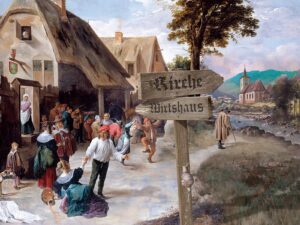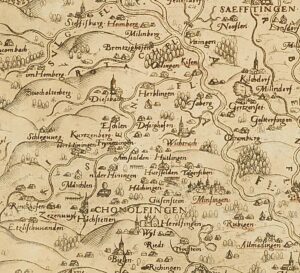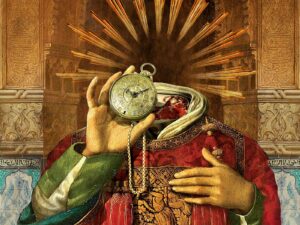
The long road to church
Religion and the church used to be prominent in people’s lives. Church attendance was nigh on obligatory. For rural folk, the ‘Predigtgang’ (the journey to church) often involved a long walk, as was the case for the inhabitants of Buchholterberg.

“The areas […] around Buchholterberg are the wildest and most barbaric in the whole region, so I think that if there is a place where we should focus on developing an existing desire to improve morality, it must be there.”





